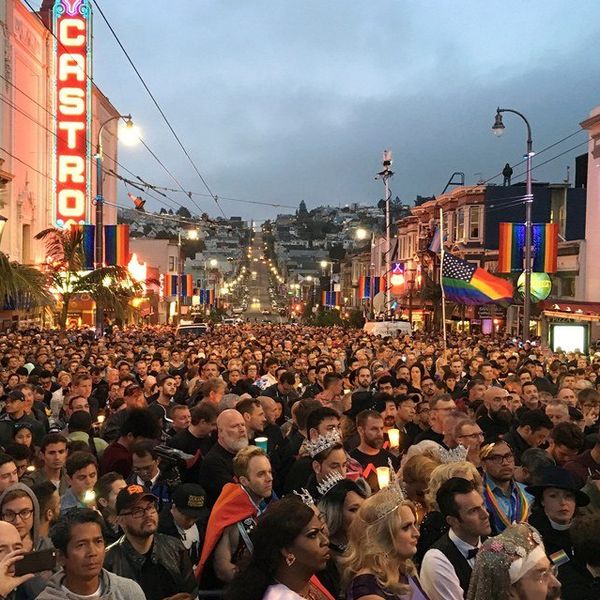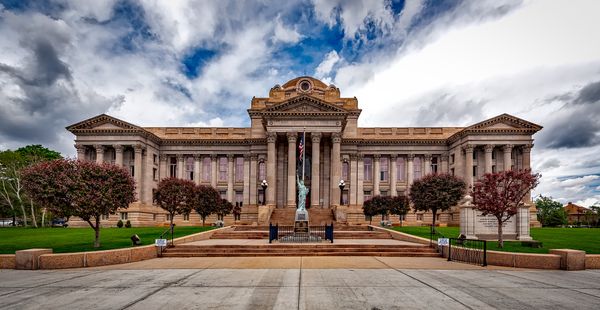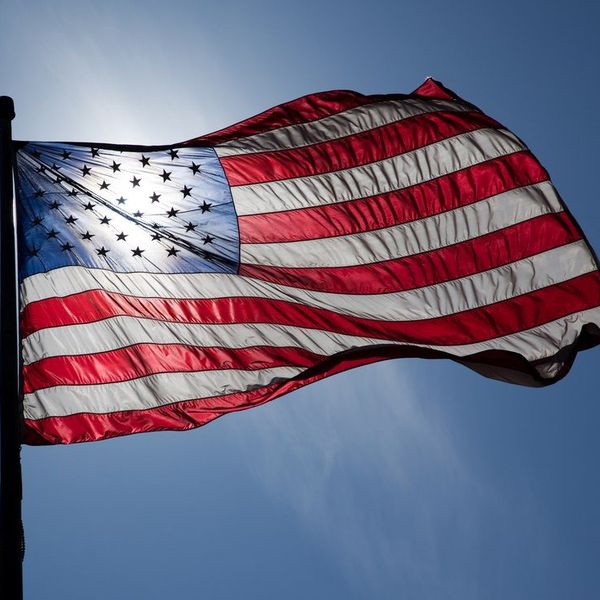With the recent presidential election, it appears that the divide between the parties has grown, and not for the better. We can see this with the graph to the left. During the Bush presidency, the Republicans had little fear of their government, but as the race for the 2007 presidential campaign, their numbers start to go up, while the Democrats relative fear also dropped. This was because a Democrat was winning, and won, the presidential bid.
Republicans than see an almost constant increase up to an astonishing 66 percent, while the Democrats start to view government more favorably. This graph is startling for one reason; this subtly points to a kind of complicit-ness with one's own party that overlooks all their own failures. Both presidencies have their own failures and successes, but many of the things that the Democrats had detested under the Bush administration, they supported when their own candidate did, and vice versa.
More data from the Pew Research Center paints an even more alarming picture. Of all the Republicans surveyed, 49 percent said they were afraid, 46 percent said they were angry, and 57 percent said they were frustrated with the democratic party. On a basic level, some anger and frustration would be natural as the two parties are composed of different bases and champion vastly different policies for the most part. However, the fact that these numbers are so high shows a large disconnect between both platforms.
Like the Republicans, these trends continue for the Democratic party and even increase quite substantially. Most notably, there seems to be a large increase in "afraid." The fact that 55% of all democrats surveyed, and 49% of all Republicans, answered that the opposing party makes them afraid shows that a growing number of people are so engrossed in political ideology that they believe an arbitrary classification of a broad group of people is a threat to the country and themselves.
Likewise, the survey found that from 1994 to 2016 the percentage points of people who view the opposing party as unfavorable has increased at alarming rates. In 1994, the percentage of Democrats who viewed Republicans as unfavorable was 59 and has now risen to 86 percent in 2016. The percentage of Democrats who view the Republican party as very unfavorable has risen from a mere 17 percent to a 55%. In contrast, 74 percent Republicans in 1994 saw Democrats as unfavorable, and this number has risen to 91 percent in 2016; the percentage who view them as highly unfavorable has spiked from 21 percent to 58 percent.
In the same report by Pew, Partisanship and Political Animosity in 2016, they found the partisan divide on Trump's approval rating is starker than any of our recent presidents. The approval rating amongst Democrats is a mere 7 percent as of April, but for Republicans, it is at 82 percent. In contrast, the Reagan presidency, in April of 1981, saw a 52 percent approval among Democrats and 87 percent approval from Republicans. Even in the Obama years, the Republicans had a 28 percent approval rating of Obama in April of 2009. The steepness of the political divide under current president Donald Trump shows the degree to which people's partisanship has damaged possible political compromise or reconciliation.
Not surprisingly, this increase in partisanship has even seeped into people's daily lives and how they perceive members of a particular party. If we look at the same study, we can see that the percentage of partisans who view the other party in a negative light is rather large, but what is worse, is that we have no reason to believe that these numbers will shrink, or even remain the same, in the following years. The ramifications of these preconceived notions are that it only adds to the trend of increasing voluntary segregation between opposing political parties. This disconnect is part of the reason why political polarization has skyrocketed in recent years because it used to be that members of different parties were often not afraid to discuss politics with members of the other party, this is not the case anymore, however.
The problem with the growing polarization in society at large is that it weakens the sense of American cohesion. It creates anger, fear, and a general sense of tension and distrust. The further and further the parties drift from the center the less likely they are to compromise on the important issues, and this creates animosity. These issues are creating other problems as well, as the parties diverge and as the parties demonize the other, less and less people are becoming politically active. People are leaving parties and refusing to get involved. We are seeing this change a little bit however as the younger generation and as some party elites start to fight the current administration. The fewer people get involved, it becomes harder and harder to call us a true democratic republic.
However, there are a few possible things to help solve this issue. These ideas, while helpful, are extremely hard to implement because of the way our society is structured. One idea would be to focus less on the actual candidates when reporting and focusing on policy. People associate certain people with a party and since the media reports on that person and their wrongdoings, they become to associate the party with said wrongdoings. The party had no control of these actions and can't be held responsible for all the only thing parties do is create a platform and nominate candidates. If the media switched away from the horse race journalism and more on gatekeeping, that would alleviate some of these issues.
So too, it would be important as a culture to move away from political memes.
The transmission of half-truths and blatant lies through fast spreading internet memes creates a political bubble among groups that keep seeing the same thing over and over again which only reinforces those wrong beliefs. This would be impossible to curb unless we become more politically aware as a culture. Which, as we can see, is starting to happen now with the youth.
This is a big issue and affects many parts of society but the only solutions are culturally based and it'll take time to undo the damage done by this growing divide. The numbers are frightening but with time, and with the current movement of the younger generations I think that this issue can be resolved.



















